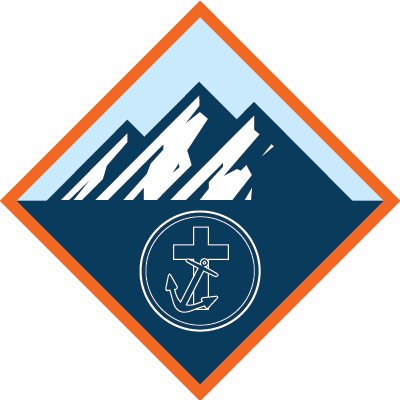Training PLans
The SCI Mountain Challenge is a physically demanding event. We hope you will view your participation as a chance to push yourself, focus on your strengths and feel a great sense of accomplishment when you cross the finish line!
Although there are some ideal minimum standards for fitness, individual perseverance and determination may overcome physical ability in many instances.
How you train is up to you – below we have provided a link to detailed, month-by-month training suggestions designed for competitors at three different fitness levels. Of course, hiking uneven terrain prior to the race is the best preparation for the land-based sections of the SCI Mountain Challenge, but we know that this option isn’t available for all of our competitors!
Training Goals
If you choose to follow your own training schedule, below are some goals to keep in mind in the lead-up to the event.
Improvement in cardio fitness: choose any type of aerobic exercises that will raise your heart rate, get you moving and leave you sweating by the time you’re done. For example, brisk walking, running, cycling, swimming, circuit training, rowing, aerobics, stair climbing, etc. are just a few activities that will improve your endurance.
Aim for a minimum of two 30-minute cardio sessions per week, building the intensity of your workouts monthly, and keeping the date of the SCI Mountain Challenge in mind.
Improvement in strength and stamina: strength-building exercises like lifting weights or body weight exercises (push-ups, sit-ups, etc.) will gradually build stamina in your upper body which will help with the paddling element of the course.
Also, don’t forget to:
- Break in the hiking boots or trail sneakers that you plan on wearing in advance of the event. No one wants blisters!
- Train with your teammates to figure out how to make your team as efficient as possible. If you are different sizes or fitness abilities, split up the load of your backpacks proportionally to the size(s) of the team members to help balance things out.
- Test any new equipment you will be bringing with you on the course (such as day packs, hydration packs and trekking poles).
